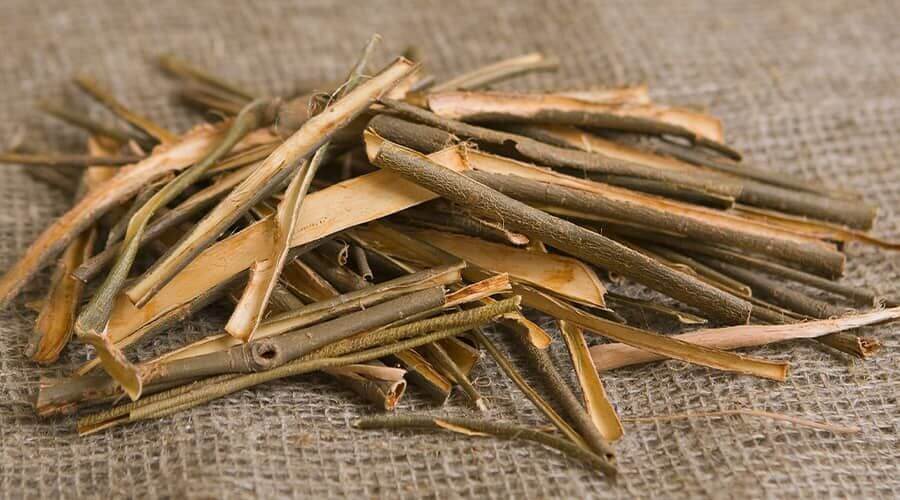
Willow bark owes its huge popularity to the fact that the tea made from it is great for people suffering from joint pain and inflammatory diseases.
Salix Alba, or willow bark, is a real panacea as it can reduce fever and inflammation.
It has been used since ancient times, even in the form of tea. At that time, no one had any idea that it would later become one of the ingredients of aspirin. It was a very popular medicine in America centuries ago. It was used to relieve inflammations, fevers and colds and was able to soothe them.
White willow bark tea is a powerful anti-inflammatory and can be used for joint pain, as mentioned above, but it can also be effective in relieving fever and cold symptoms, but is not recommended for children with fever. The medicinal properties of willow bark tea do not stop there, as it has been used successfully in the past for gout, enteritis and hangovers. It can detoxify the liver, but it can also be used for fatty liver and spleen problems.
There are several active ingredients in willow bark such as salicin, catechin, tannic acid, resin, enzymes and oxalate.
The highest concentration of these active substances is found in the bark of the tree. They are usually stripped from the trunks of young trees in early spring. White willow is most commonly used for medicinal purposes. The best active ingredient in white willow bark is salicin, which is converted into salicylic acid by its passage through the gastrointestinal tract and liver. Since 1852, salicylic acid can be produced chemically, so willow bark has been somewhat forgotten. But nowadays, it is gaining ground as alternative medicine enthusiasts have started to use it again. Because of the effects of willow bark, it is often referred to as herbal aspirin. This is due, among other things, to its ability to relieve headaches, nerve pain, muscle tension and arthritis. Several studies have shown that salicin, the active ingredient in willow bark, can reduce pain. It has also shown very positive results in treating back pain and is very effective for fever and headaches. In short, the medicinal properties of willow bark are almost identical to those of modern painkillers.
Willow bark is also commonly used in weight loss products as it speeds up metabolism and reduces appetite.
Willow bark can be used to make tea, which is not at all difficult to prepare.
Making white willow bark tea:
Just steep 2-3 teaspoons of willow bark in 150-200 ml of cold water for about 8 hours. Then slowly boil it and let it steep for 5 minutes, it can be consumed after filtering.
If you’re using it for pain relief, note that it only takes effect once the liver has metabolized, so it’s not really suitable for acute complaints.
Willow bark can also be used externally. It can also be used for baths or as a poultice. Willow bark can relieve menstrual cramps, salicylate prevents the production of the hormone-like compound responsible for the cramps. Willow bark is believed to be effective in the treatment and prevention of sphincteritis and nerve pain.
It is quite rare to have a side effect from a herbal remedy, but if you consume more than a dose of willow bark, you may experience nausea, stomach pain or even ringing in the ears.
If you experience this, reduce the dose or stop taking it altogether.Children under the age of 16 should not take willow bark as it can cause Reye’s syndrome, a disease affecting the liver and brain. Do not use it with aspirin as it may increase the side effects of the drug.
Side effects of willow bark tea:
It is important to note that in large quantities it can cause nausea and diarrhoea. It may cause excessive vomiting and may also cause high blood sugar levels. It is also not recommended for asthmatics. It is also contraindicated for pregnant and breastfeeding women.

